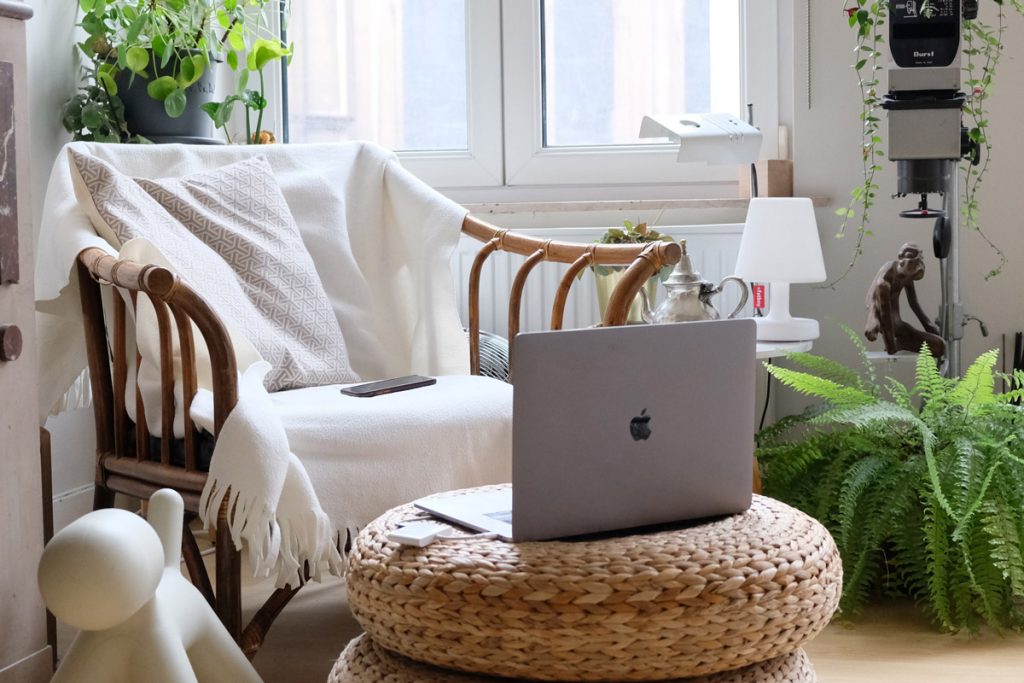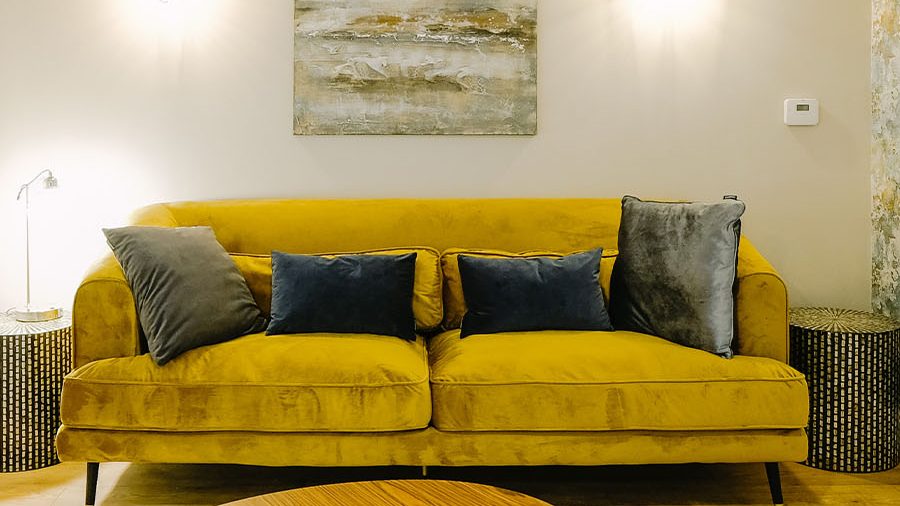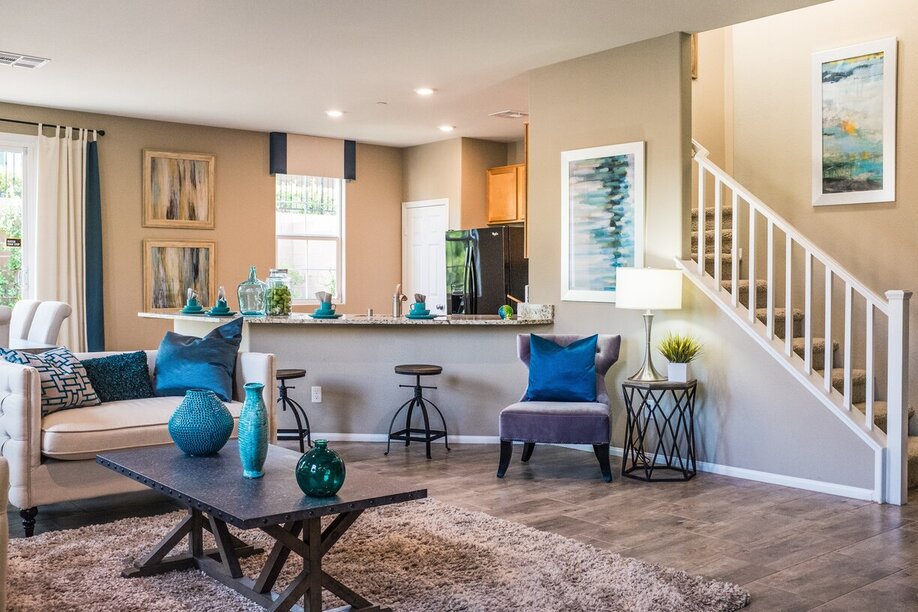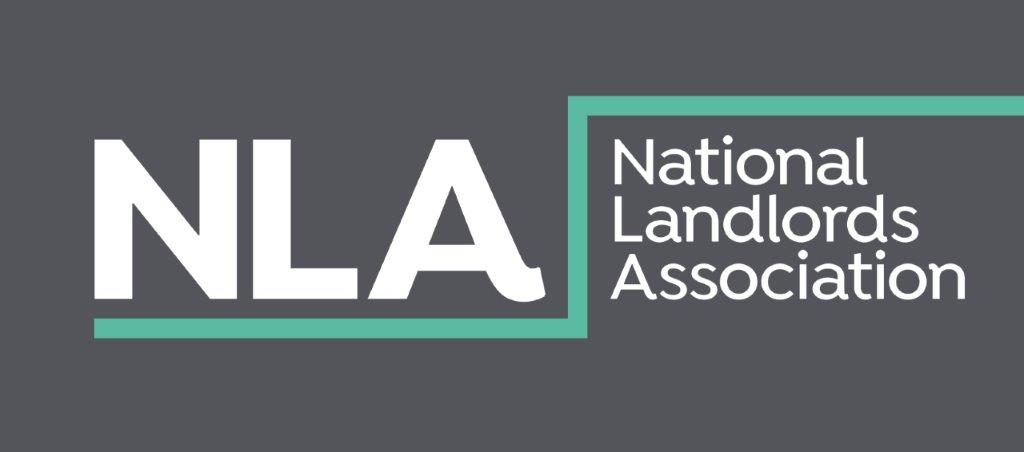

As the cost of living rises and the current climate crisis becomes increasingly apparent, energy efficiency finds itself at the forefront of many conversations. Following a dramatic increase in energy bills up and down the country, homeowners, landlords and tenants are tightening their purses and keeping their eyes peeled for viable solutions.
That said, an ear to the ground isn’t always enough and a proactive approach to energy management is often most effective. In the following article, we’ll explore the ins and outs of energy efficiency, discussing why it matters and explaining how to stay one step ahead as a landlord.
What Do We Mean By Energy Efficient?
Before we jump into the specifics of energy management, it’s worth understanding what we mean by ‘efficiency’. In Layman’s terms, energy efficiency refers to an appliance or property’s ability to achieve a desired result without using unnecessary power or waste. For example, a well-insulated home will maintain a comfortable temperature without the need for excessive heating or cooling devices.
In order to quantify a property’s efficiency, Energy Performance Certificates (EPCs) are used. By grading a building from A to G, EPCs allow landlords and tenants to better understand the efficiency of their property. Properties with an EPC rating of ‘A’ are likely to attract far more tenants than those with lower ratings, implying that both bills and carbon footprints will be lower.

Why Does Energy Efficiency Matter?
So, why is energy efficiency so important? As mentioned above, inefficient energy usage leads to greater carbon emissions, higher bills and environmental damage. This is bad news for the natural world as well as your wallet. The good news, however, is that ensuring residential homes are operating efficiently can work to negate these effects; even the smallest changes can have a significant impact when implemented on a global scale.
Improving the energy efficiency of a rental property may seem like an impossible task but, with the right knowledge, homeowners, tenants and landlords could save themselves hundreds of pounds every year.
Improving Your Property’s Energy Efficiency
From long term lets to HMOs and student tenancies, managing property can feel a little like navigating a minefield at times. As a landlord, however, it is well-worth taking the time to make sure your premises are as energy efficient as possible. This will help to attract prospective tenants and reduce unnecessary outgoings.
Below, we’ll run through a few tried and tested ways to keep your rental property energy efficient.
Lower Your Boiler’s Flow Temperature
As it stands, heating bills place a real strain on landlords and tenants’ wallets. That said, a comfortable home and low heating bills needn’t be mutually exclusive. By lowering the flow temperature of your boiler by just one or two degrees, tenants could experience savings of around 10% on their heating bills, without sacrificing warmth during the colder months.
Let It Breathe
To maximise airflow and ensure that you’re getting the most out of your radiators and heating systems, it’s important to check that they’re not covered or blocked. Placing sofas or large furniture in front of a radiator may keep your back warm, but it means that your system will be working twice as hard to heat the rest of your home. By keeping radiators clutter-free, a property will circulate heat far more efficiently.
Upgrade Your Insulation
It is worth noting that lowering the thermostat and unblocking radiators is only as effective as your home’s insulation. If heat is escaping through poorly insulated walls, roofing or windows, your heating bills will certainly reflect this.
Loft, wall and window insulation should be the first ports of call, but there are plenty of ways to reduce heat loss and improve a property’s energy efficiency without breaking the bank. Draught excluders, carpets and curtains are just a few tried and tested means of improving a building’s insulation.
Switch Them Off, Or Switch Them Out
From televisions and computers to desk lamps and kettles, our homes are full of electrical devices, all of which use energy. It is worth thinking about the efficiency of these appliances and whether more efficient alternatives are available. For example, switching traditional bulbs for LED equivalents can reduce electricity usage by up to 80%. That’s good news for landlords and tenants alike, improving efficiency and lowering bills.
To ensure your property is the best it can be, why not employ the expertise of a property management service such as ourselves? We take care to fully understand the requirements of each of our clients and offer a range of packages tailored to suit your needs.
Get in touch to speak with an advisor today.



































